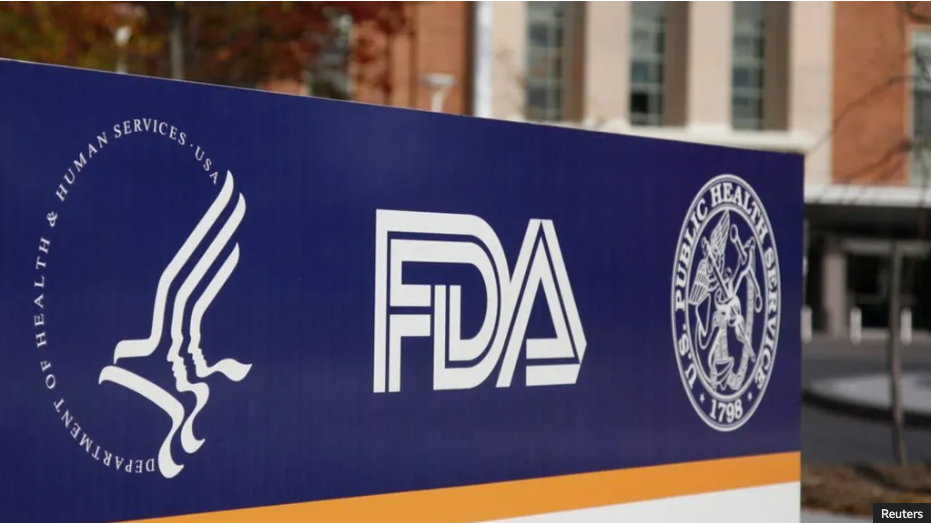February 4th– February 11th , 2022
Effect of Cannabidiol (CBD) Concentrations on Human Skin Absorption
A new study suggests that higher rather than lower CBD concentrations as well as in combination with the chemical enhancer oleic acid penetrate the human skin
As more US states are legalizing medical and recreational cannabis, it is becoming important to understand the potential therapeutic and/or impairing properties of the plant. The cannabis plant contains more than 500 phytocannabinoids, with ∆9-tetrahydrocannabinol (∆9-THC) and cannabidiol (CBD) being the most studied and used molecules.
While smoking/vaporizing remains the most common method to consume cannabis, other routes are becoming popular. One of which is the topical administration of cannabis-based products, more specifically, CBD-based products, which have been commercialized and advertised to treat skin disorders including urticaria or chronic psoriasis. [1] This method allows for a direct application to the body’s surface which may help with local pain relief by decreasing inflammation via the binding to transient receptor potential (TRP) receptors in the skin. [2] However, there is a lack of studies investigating the effect of CBD concentrations with or without chemical enhancers and essential oils on percutaneous absorption.
To solve this, researchers at Mercer University and East Tennessee State University aimed to determine the effect of drug concentration, essential oils, and different chemical enhancers on percutaneous absorption of CBD. [3] In vitro permeation tests (i.e., performed using tissues outside their normal context) were performed using human cadaver skins by testing the efficacity of different concentrations of CBD (1%, 5% and 10%) to penetrate the skin. They found that the CBD at 5% and 10% significantly increased the amount of the drug into the skin compared to 1%. While they did not find any increase in absorption when CBD was combined with different essential oils (e.g., eucalyptus, peppermint, lavender oil), the chemical enhancer oleic acid, which increases skin permeability, led to an increased CBD delivery in the skin.
The authors concluded: “the findings of this study suggest that 5% w/w CBD in PG maximizes percutaneous absorption and oleic acid acts as a suitable permeation enhancer for CBD… the findings of this study suggest that the topical application of 5% w/w CBD in a solution of 5% w/w oleic acid in PG can be investigated in vivo to evaluate its efficacy in treatment of different skin disorders.”
Will Massachusetts Open its First Cannabis Café?
Opening cannabis cafés may bring excitement but also adds major risks to consider
Six years after legalizing cannabis for recreational purposes, the State may be on its way to open its first cannabis café. [4] Like a bar, one could enter these specialized cafés and consume cannabis-based products as seen in Amsterdam.
Due to a legal technicality, cities were not able to construct these types of facilities. However, this may change after the State Legislature’s Joint Committee on Cannabis Policy expressed no clear opposition to the new legislation that would help the creation of cannabis cafés. [5]
While this may bring enthusiasm to cannabis consumers, there are major concerns associated with this type of activities including driving under the influence which may lead to increased motor vehicle crashes. To help prevent consumers from driving their cars, former Boston City Council member Tito Jackson and other cannabis retailers are proposing to partnering with hotels and ride-sharing providers. [6]
Driving Under the Influence (DUI) Associated with Cannabis/Alcohol Use
Two in five drivers reported driving after alcohol/or cannabis consumption, a new study says
Motor vehicle crashes and subsequent fatalities are common among individuals driving under the influence (DUI) of alcohol or other substance of abuse. Reports indicate that simultaneous alcohol/cannabis use increased the risk of involvement of fatal crash by 25 times while co-use increased the risk of causing of car crash by five compared to drivers without any substance use. [7],[8] While consistent legislations are set for alcohol consumption and legal driving, it is lacking for cannabis by itself or in combination with other substances such as alcohol.
The present study aimed to determine whether simultaneous use of alcohol and cannabis was associated with higher odds of DUI. [9]
Results from 34 514 individuals ≥ 16 years showed that 42% of participants reported DUI linked to alcohol (8%), cannabis (20%), both (14%). In addition, simultaneous alcohol/cannabis use was associated 2.88 higher odds of driving under the influence of cannabis only and 3.51 higher adjusted odds of driving under the influence of both substances.
The authors concluded: “2 in 5 drivers who used alcohol and cannabis reported driving under the influence of alcohol and/or cannabis… these findings have public health implications showing that people who report simultaneous alcohol/cannabis use are at high risk for DUI-C and DUI-A/C in the past years (2016−2019). Prevention strategies targeting specific behaviors, such as simultaneous alcohol/cannabis use, should be tested to reduce DUI burden.”
Introduction of New Cannabis Regulation Bills in Utah
Major changes are arriving following the sponsoring of two Senate Bills, 190 and 195
Senate Bill 195 amends provisions regarding patient access and medical professionals in relation to medical cannabis by allowing:
- medical cannabis to be used for acute pain post-surgery which can be a great alternative agent compared to addictive opioids
- nurses to prescribe medical cannabis to card-holders’ children [10]
Senate Bill 190 amends provisions related to the production and distribution of medical cannabis by:
- including restrictions towards advertising and labeling cannabis products
- expands access to terminally ill patients
- bans the use of ∆8-tetrahydrocannabinol (∆8-THC), which despite being illegal in Utah, emerged as an over-the-counter product [11]
While cannabis remains illegal for recreational use in Utah, qualified patients may access it under specific medical conditions since the approval of Proposition 2 in 2018. [12]
References
[1] Baswan SM, Klosner AE, Glynn K, et al. Therapeutic Potential of Cannabidiol (CBD) for Skin Health and Disorders. Clin Cosmet Investig Dermatol 2020;13:927-942. DOI: 10.2147/CCID.S286411
[2] Río, C.D., Mill´an, E., García, V., Appendino, G., DeMesa, J., Mu˜noz, E., 2018. The endocannabinoid system of the skin. A potential approach for the treatment of skin disorders. Biochem. Pharmacol. 157, 122–133. https://doi.org/10.1016/J. BCP.2018.08.022
[3] Junaid MSA, Tijani AO, Puri A, Banga AK. In vitro percutaneous absorption studies of cannabidiol using human skin: Exploring the effect of drug concentration, chemical enhancers, and essential oils. Int J Pharm 2022;616:121540. DOI: 10.1016/j.ijpharm.2022.121540
[4] https://web.archive.org/web/20161110005644/http://www.mass.gov/ago/docs/government/2015-petitions/15-27.pdf
[5] https://www.newburyportnews.com/news/sweeping-cannabis-bill-sails-through-legislative-committee/article_f601396e-82d6-11ec-9f42-17577185de7a.html
[6] https://www.bostonherald.com/2022/02/05/marijuana-cafes-could-soon-be-coming-to-massachusetts/
[7] Chihuri S, Li G, Chen Q. Interaction of marijuana and alcohol on fatal motor vehicle crash risk: a case−control study. Inj Epidemiol. 2017;4 (1):8. https://doi.org/10.1186/s40621-017-0105-z.
[8] Li G, Chihuri S, Brady JE. Role of alcohol and marijuana use in the initiation of fatal two-vehicle crashes. Ann Epidemiol. 2017;27(5):342– 347 e1. https://doi.org/10.1016/j.annepidem.2017.05.003
[9] Gonçalves PD, Gutkind S, Segura, LE. Simultaneous Alcohol/Cannabis Use and Driving Under the Influence in the U.S. Am J of Prev Med. DOI: https://doi.org/10.1016/j.amepre.2021.11.009
[10] https://le.utah.gov/~2022/bills/static/SB0195.html
[11] https://le.utah.gov/~2022/bills/static/SB0190.html
[12] https://utahmarijuana.org/blog/utah-prop-2-guide/






